Migraine Triptan Selector
Find Your Best Triptan Match
Answer a few questions about your migraine pattern and preferences to see which triptan might work best for you.
When treating migraine, Rizact is a brand name for rizatriptan, a selective serotonin (5‑HT1B/1D) receptor agonist used to stop migraine attacks. If you’re weighing Rizact against other options, here’s the low‑down.
Why Rizact is a Popular Choice
Rizact works by narrowing the blood vessels around the brain and blocking the release of pain‑producing neuropeptides. The result is rapid relief - most patients notice improvement within 30‑60 minutes. Its half‑life of about 2‑3 hours means the drug clears quickly, reducing the chance of lingering side effects.
Typical dosing is a 10 mg tablet taken once a migraine starts. For severe attacks, doctors may prescribe a second dose after two hours if needed, but the total daily limit is 30 mg to stay within safety guidelines.
Key Attributes to Compare
When you line Rizact up with other triptans, focus on four practical criteria:
- Onset of relief - how quickly the drug starts working.
- Duration of effect - how long the headache stays gone.
- Side‑effect profile - common aches, nausea, tingling, or cardiovascular concerns.
- Convenience - dosage forms, need for repeat dosing, and cost.
These factors reflect what patients really care about during a migraine emergency.
Top Alternatives in the Triptan Family
All triptans share the same basic mechanism but differ in chemistry, speed, and tolerability. The most frequently prescribed alternatives are:
- Sumatriptan - the original triptan, available as tablets, nasal spray, and subcutaneous injection.
- Zolmitriptan - works a bit faster than Rizact, often used in oral and nasal forms.
- Naratriptan - slower onset but longer duration, good for prolonged attacks.
- Eletriptan - strong efficacy with a moderate onset time, popular for resistant migraines.
Side‑Effect Snapshot
All triptans can cause mild tingling, flushing, or a feeling of tightness in the chest. However, the frequency and intensity vary:
| Drug | Typical Onset (min) | Duration (hrs) | Most Common Side‑Effects | Cardiovascular Warning |
|---|---|---|---|---|
| Rizact (Rizatriptan) | 30‑60 | 2‑4 | Nausea, dizziness, mild chest pressure | Contraindicated with uncontrolled hypertension |
| Sumatriptan | 10‑30 (injection) / 20‑30 (nasal) | 3‑6 | Metal taste, paresthesia, nasal irritation | Same contraindications, higher risk with IV form |
| Zolmitriptan | 15‑30 | 2‑5 | Drowsiness, dry mouth | Standard triptan warnings |
| Naratriptan | 45‑90 | 6‑12 | Fatigue, mild nausea | Standard triptan warnings |
| Eletriptan | 30‑45 | 3‑6 | Heartburn, dizziness | Standard triptan warnings |
Best‑Fit Scenarios
Rizact shines when you need fast relief without an injection. Its oral tablet is convenient for people who dislike nasal sprays or needles. If you’ve tried Sumatriptan nasal spray and found it irritating, switching to Rizact can spare the nose.
Choose Sumatriptan if you want the absolute fastest relief and are comfortable with an auto‑injector; it can start working in under 10 minutes.
Zolmitriptan is a good middle ground - quicker than Rizact but still oral, making it ideal for those who dislike injections but need sub‑hour relief.
For migraine attacks that linger all day, Naratriptan offers the longest coverage, reducing the need for a second dose.
When you’ve tried several triptans without success, Eletriptan often works because it binds more tightly to serotonin receptors, delivering stronger pain control.
How to Decide Which Triptan to Try First
- Assess your migraine pattern. If attacks peak quickly, favor fast‑onset drugs (Sumatriptan, Zolmitriptan).
- Consider comorbidities. Cardiovascular disease pushes you toward longer‑acting, lower‑dose options like Rizact.
- Check insurance coverage. Some plans favor generic Sumatriptan, while others list Rizact as a preferred brand.
- Trial a single drug for at least two weeks. Keep a headache diary noting onset, relief time, and side‑effects.
- Review the diary with your doctor. If relief is < 2 hours and side‑effects are mild, you likely have a good match.
Remember, switching triptans is common. Up to 40 % of patients need to try more than one before finding the right fit.
Potential Pitfalls & How to Avoid Them
- Medication overuse headache. Using any triptan more than ten days per month can trigger rebound headaches.
- Ignoring cardiovascular warnings. Always disclose heart conditions; a simple ECG can rule out hidden risks.
- Taking it with certain antidepressants. SSRIs and MAO‑B inhibitors can increase serotonin syndrome risk.
Talk to your clinician before adding new drugs, especially if you’re on antidepressants or blood thinners.
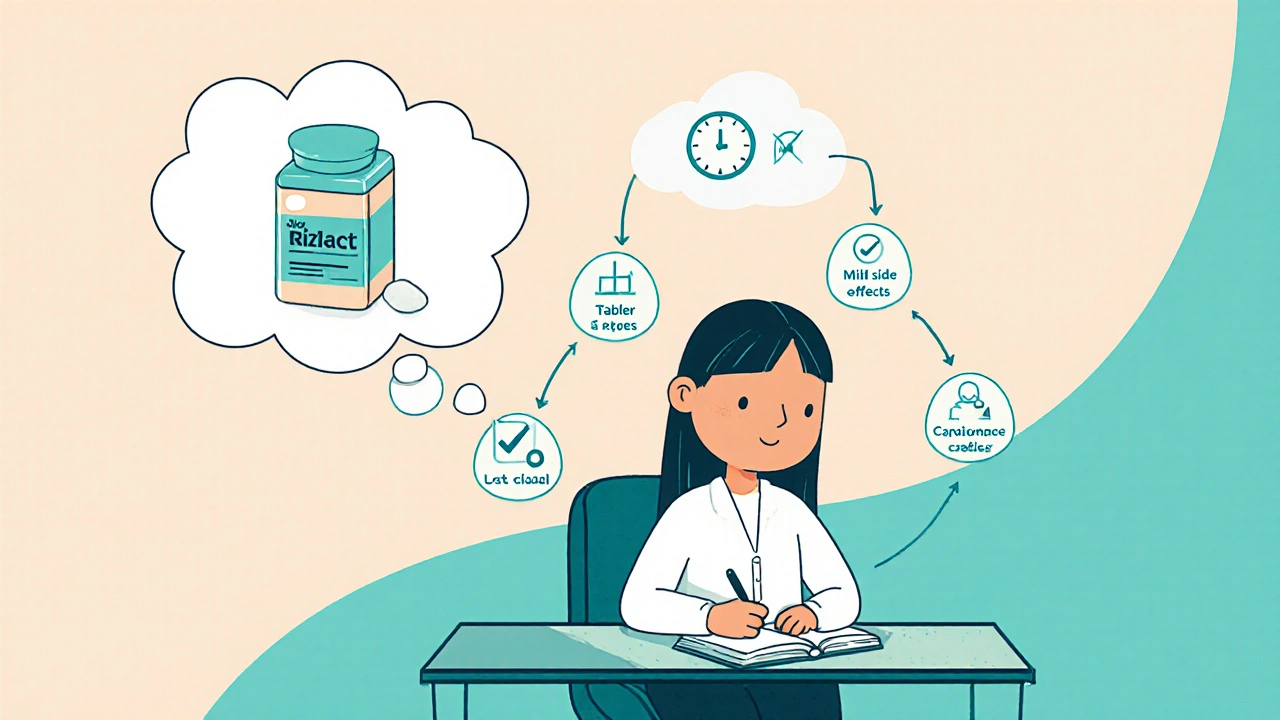
Quick Reference Cheat Sheet
- Fastest onset: Sumatriptan injection (5‑10 min)
- Best oral speed: Zolmitriptan (15‑30 min) & Rizact (30‑60 min)
- Longest coverage: Naratriptan (6‑12 hr)
- Most potent binding: Eletriptan
- Lowest cardiovascular risk: Rizact (short half‑life)
Frequently Asked Questions
Can I take Rizact with my birth control pill?
Yes. Hormonal contraceptives do not interact with rizatriptan. However, keep a regular migraine diary because hormonal changes themselves can trigger attacks.
What should I do if Rizact doesn’t work within an hour?
Wait at least two hours before a second dose (max 30 mg per day). If pain persists, contact your doctor-sometimes a different triptan or an adjunctive NSAID works better.
Is Rizact safe for people with high blood pressure?
Only if the blood pressure is well‑controlled. Uncontrolled hypertension is a contraindication because triptans can cause vasoconstriction.
Can I use Rizact together with an NSAID like ibuprofen?
Combining a triptan with an NSAID is a common strategy and is generally safe. It can boost pain relief and may reduce the need for a second triptan dose.
How does Rizact compare cost‑wise to generic sumatriptan?
Generic sumatriptan tablets are usually cheaper (around $0.30‑$0.50 per tablet in the U.S.) while brand‑name Rizact can cost $2‑$3 per tablet. Insurance coverage varies, so check your formulary.
Next Steps
1. Talk to your primary care physician or neurologist about your migraine pattern.
2. Request a trial of Rizact if you haven’t used a triptan before, or discuss switching if another triptan feels slow.
3. Use a simple headache diary (date, onset, medication, relief time, side‑effects) for at least two weeks.
4. Review the diary with your doctor and decide whether to stay with Rizact or try an alternative from the table above.
Choosing the right triptan is a bit of trial and error, but with the facts laid out you’ll avoid common pitfalls and get faster relief faster.

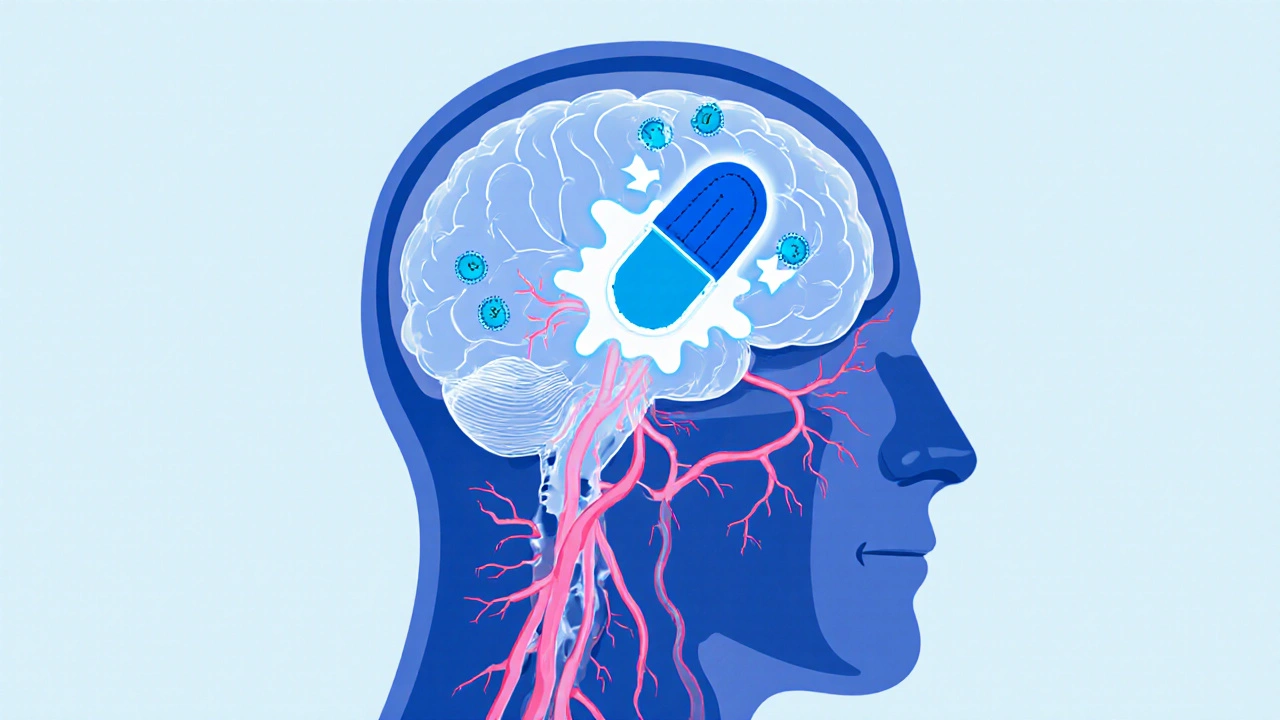


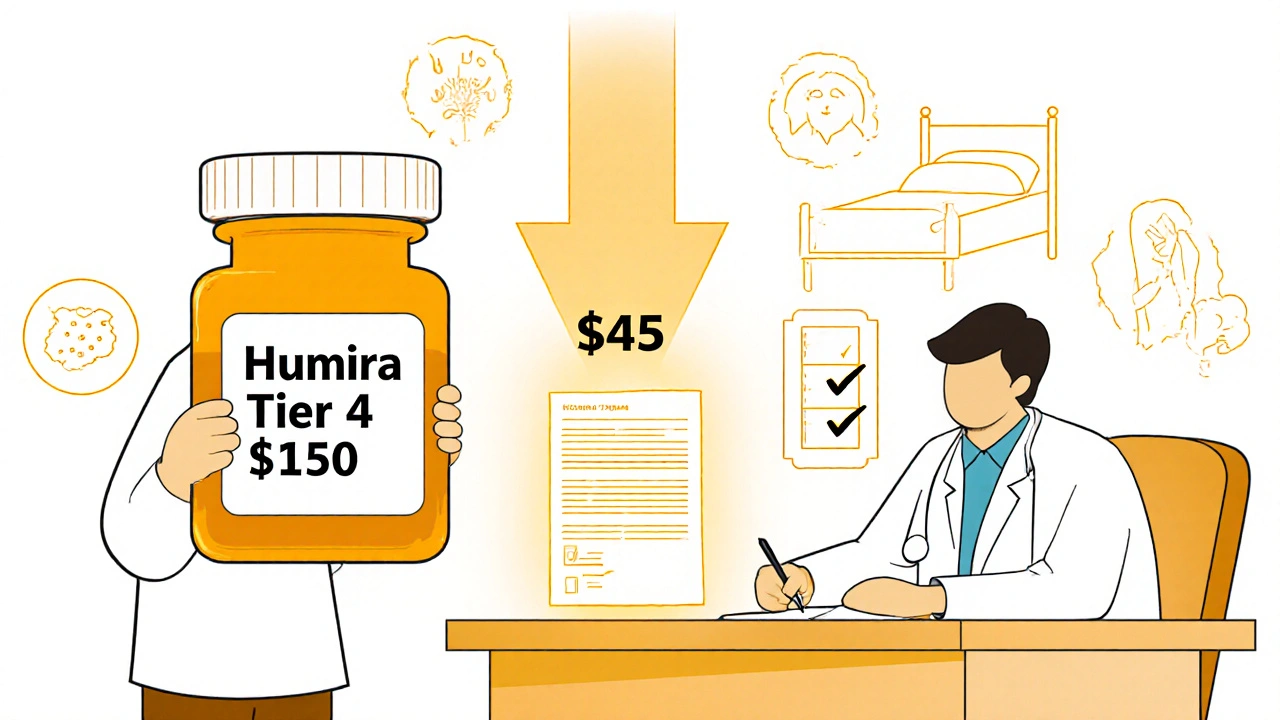

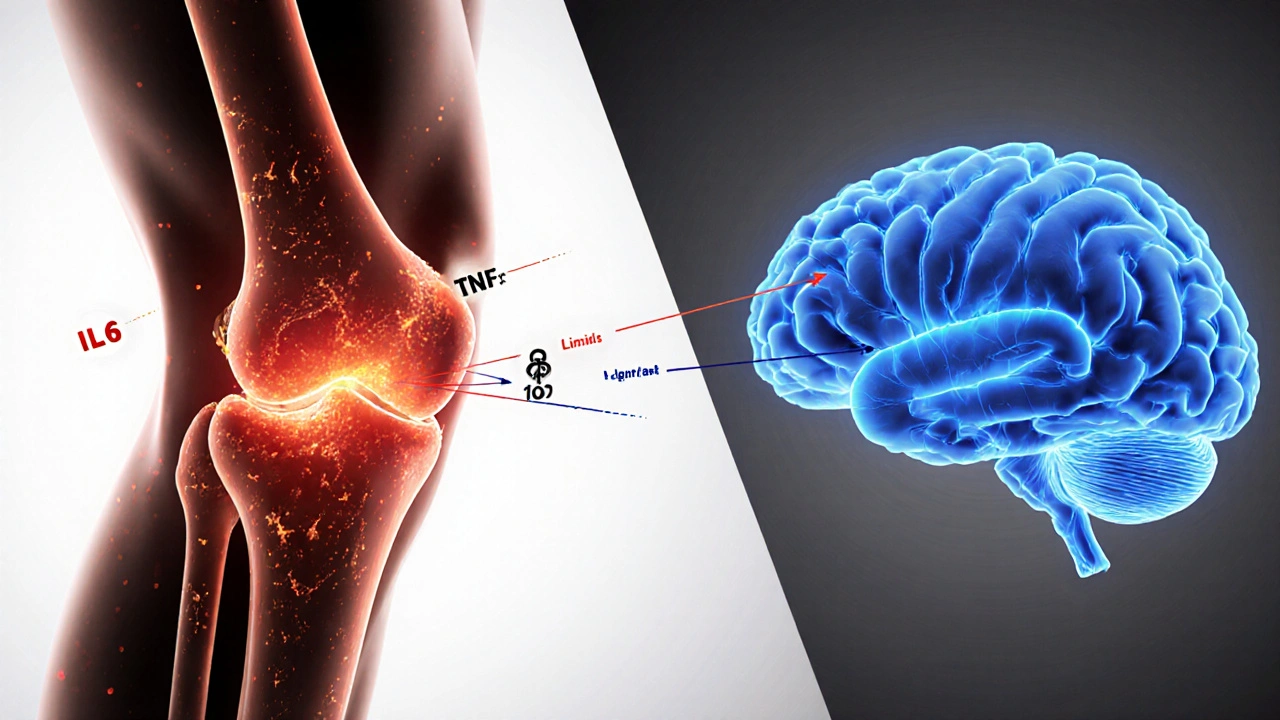
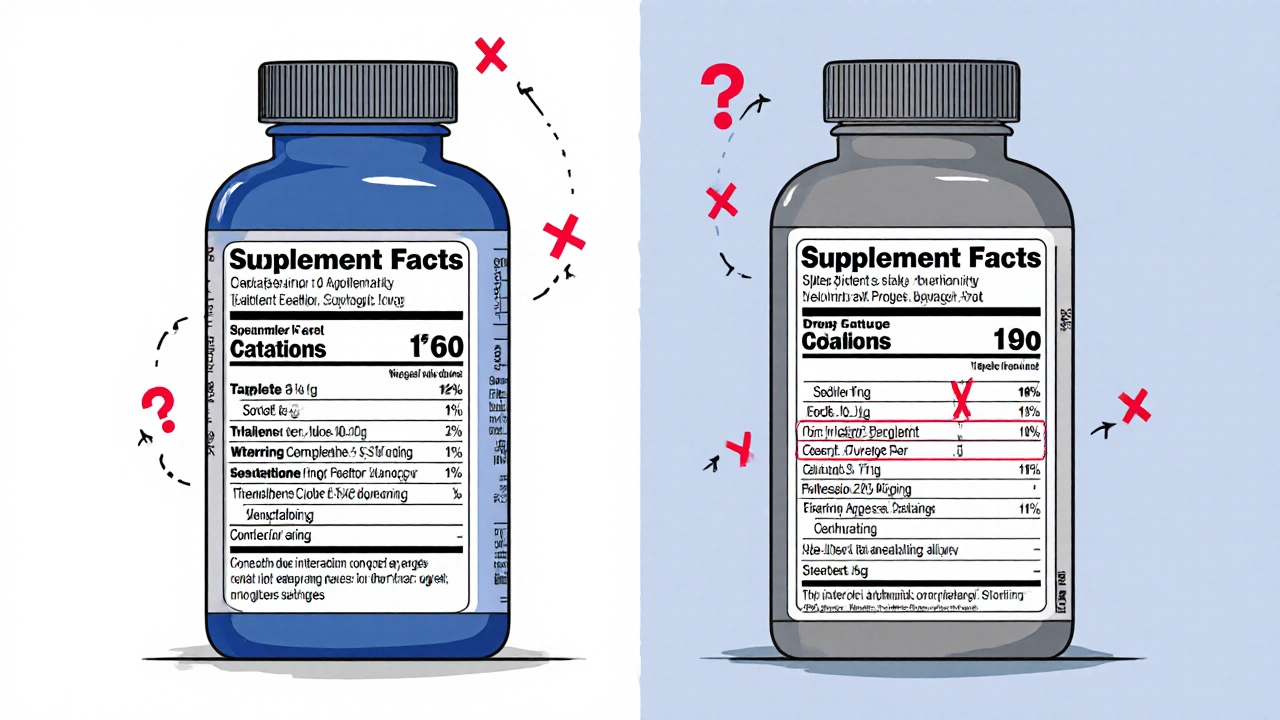
10 Comments